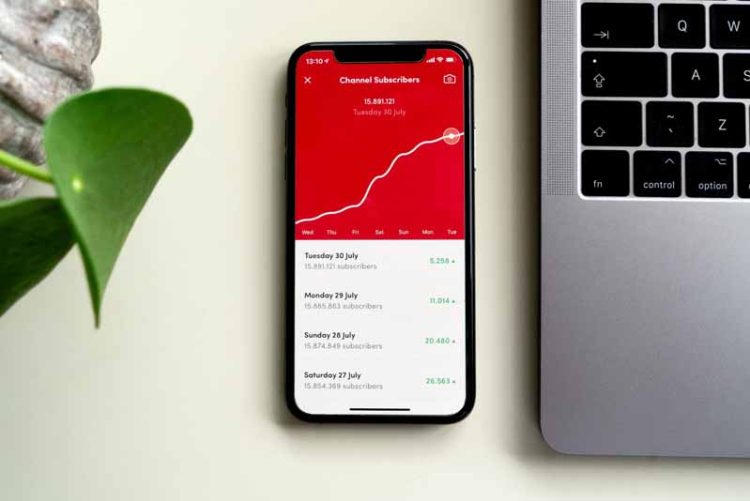You might think of Google, Yahoo, or even Bing when you hear about search engines. You might be shocked to find that, behind Google, YouTube is the second most popular search engine and website.
The prettiest part about YouTube is that anybody can submit videos to it, and some of them even go viral, meaning that a large number of people view them. You might be wondering how to become viral with a YouTube video, if you have a channel and if you clicked on this blog post.
Don’t worry.
There are a few tactics to help your YouTube videos become viral, but the most vital thing to remember is that the content is the most decisive factor. Everyone knows that boring videos don’t go viral, so go ahead and produce something interesting and that people will be thriving to share with their friends.
How do videos go viral on YouTube?
A YouTube video goes viral now and again. You can’t make virality happen no matter how hard you try. The essence of virality is user-generated content that spreads like a virus among video viewers.
Daily more than one billion users watch hundreds of millions of hours of video, generating billions of views on the Google’s video platform, which is available in 75 countries and 61 languages. So, every day there is several videos going viral, for each country or topic.
It is difficult, but possible for your video to be the next.
1. Make a one-of-a-kind video
You must be thinking outside the box when making a video that has the potential to become viral. You’ve certainly seen that only one video goes viral before a slew of others does the same, so catching up with stuff unique is the essential step toward achieving your aim.
Unique material refers to both novel themes and topics like high-quality content. Uninteresting material will never become viral. Come up with a novel concept and test it out on your channel if you’re a marketer. Even for the commercialization of a single image, keywords are essential, and here you must viralize a YouTube video. You have hundreds of opportunities to make an impression, and no one knows when it will be your happy day!
2. Evoke feelings.
Viral material frequently goes viral for one reason: it evokes emotion. The video became viral as a criticism rather than acclaim, yet it regrettably received millions of views. Having millions of people watching out of irritation is not ideal, and positive emotions are more likely to elicit the desired response. If you want your material to generate momentum, you should begin to make readers feel compassion, humour, or other positive emotions.
3. Look for the correct keywords.
Keywords aid in the ranking of your content in search engine results in pages (SERPs), and they also aid in the rating of your video on YouTube search results.
The video title, description, and captions are the best areas to include keywords in your YouTube material. Even for the commercialization of a single image, keywords are essential, and here you must viralize a YouTube video. As a result, keywords are undeniably one of the most important considerations. Once you targeted the right keywords, you could also improve the video’s ranking using services that rank your YouTube video.
What to Do If Your Video Goes Viral?
Your work will get criticised. It is beneficial since it encourages others to converse. They even disagreed on what constitutes a time-lapse. Try not to be swayed by everything. Controversy is healthy.

















